As resources dwindle and waste piles up, it's becoming increasingly clear that we need to transition to a circular economy that eliminates waste and keeps materials in circulation. The circular economy aims to close the loop of product life cycles through long-lasting design, maintenance, repair, reuse, refurbishing and recycling. This regenerative approach provides substantial benefits for the environment, businesses, and consumers alike.
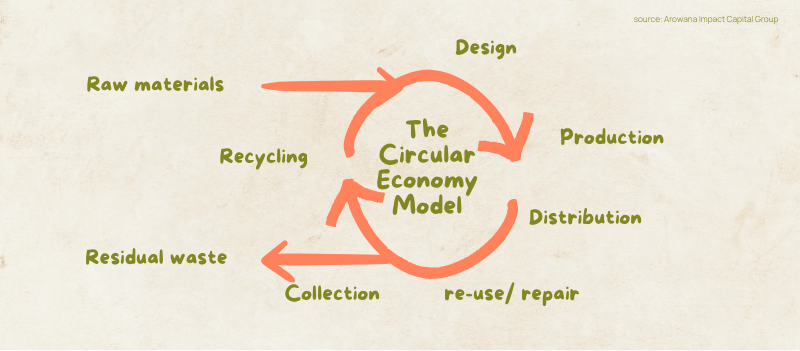
Here, we'll explore the reasons why the world needs to shift to a circular economic model, the benefits it offers and how businesses can offer customers more sustainable and eco-friendly options through reusable and repairable products. The circular economy presents an exciting opportunity to reinvent our systems and consumption patterns for the better, and the time to embrace this change is now.
Reasons for Switching to a Circular Economy
1. Reducing waste and pollution
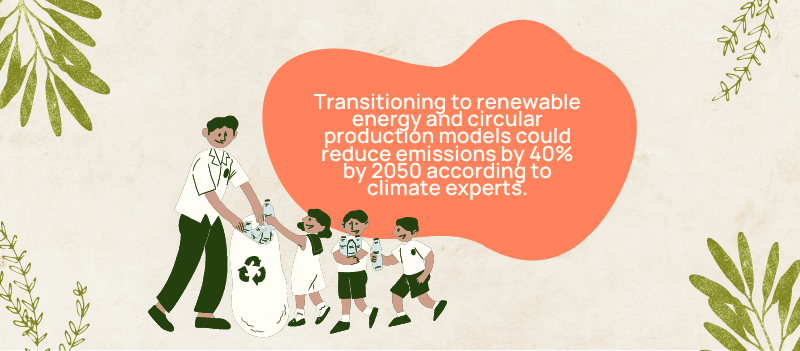
The linear economy powered by fossil fuels and overconsumption generates massive amounts of waste and pollution. Around 430 million tons of plastic are produced every year, much of which ends up in landfills or gets incinerated, polluting our air, water, and land. Transitioning to renewable energy and circular production models could reduce emissions by 40% by 2050 according to climate experts. Keeping materials in use through recycling, repurposing, and remanufacturing would dramatically cut waste and reduce carbon emissions.
2. Conserving natural resources and raw materials
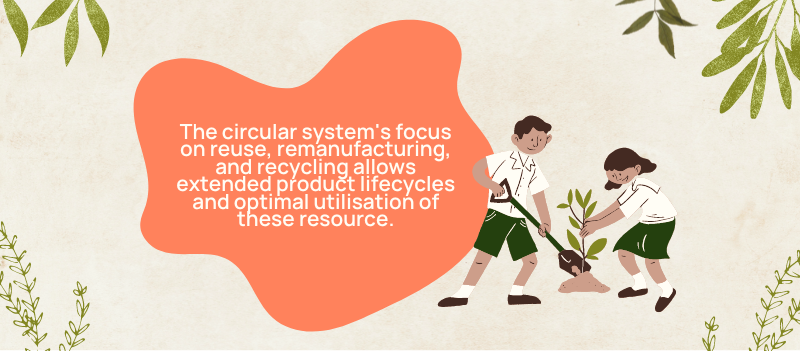
The earth has limited reserves of natural resources and raw materials like minerals, timber, and fossil fuels. The circular system's focus on reuse, remanufacturing, and recycling allows extended product lifecycles and optimal utilization of these resources. Circular designs with recyclable and renewable materials can reduce virgin resource demand. Closing resource loops locally also curtails the environmental costs of global supply chains.
3. Creating a more sustainable economic system

The circular economy aims to decouple economic growth from resource consumption, which would create a more sustainable economic system. Circular business models allow for value creation across product life cycles while restoring natural capital. They diversify revenue streams for companies through product-as-a-service models, and take advantage of the growing consumer demand for sustainability.
Why Brands Should Offer Reusable Products
Brands should offer reusable and repairable products to meet growing consumer demand for eco-friendly options. Surveys show most customers want to make sustainable choices, so providing reusable alternatives enhances a company's public image as an environmental leader. Disposable products also force increased extraction of resources and higher levels of waste. Reusable and long-lasting products significantly lower a brand's material and energy demands over time, which is kinder to the planet.

Facilitating repair also extends product lifetimes rather than necessitating replacement. This shrinks the overall environmental footprint across production and use phases. Quality reusable goods supported by repair services and lifetime guarantees build tremendous customer loyalty and spur repeat business through years of sustained use. But they also help minimize the likelihood of a customer throwing the item away when it’s seemingly reached the end of its life.
Overall, reusable and repairable products are a win-win for all involved. They appeal to eco-conscious consumers’ desire to play their part in healing the environment and reduce environmental impacts for future generations, while also lowering materials costs and fostering strong customer relationships that boost profitability for businesses.
How Consumers Can Support the Circular Economy
Transitioning to a circular economy will require changes in behavior from brands and consumers alike. For their part, consumers should actively choose reusable, repairable, and recyclable products whenever possible. This means seeking out durable goods made with recycled materials by brands embracing sustainable production methods naturally avoids single-use disposable items, in favor of reusable alternatives to minimize plastic waste.
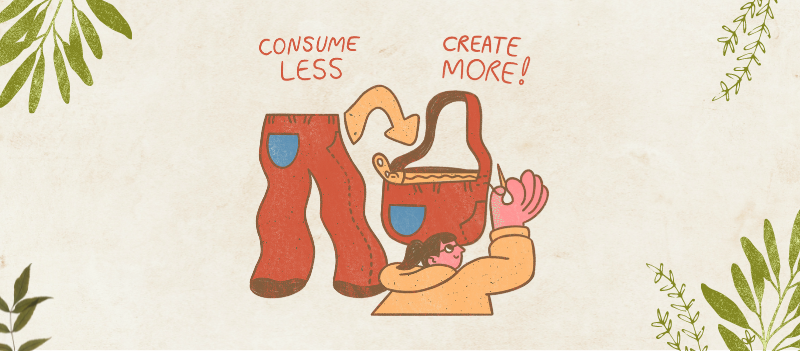
When something breaks, repair should be the first option rather than reflexively throwing the item out and replacing it with something new. Consumers can learn basic maintenance and repairs skills to extend the life of belongings or they can also take advantage of product warranty programs and manufacturer repair services.
Participating in product rental, resale, and reuse platforms allows customers to get more use out of items before recycling. These programs can be beneficial for those one-off situations too, preventing the need to buy an item that will be used sparingly and eventually thrown away. Peer-to-peer sharing for infrequently used equipment can also optimize the value derived from goods. For example, renting or swapping clothing as an alternative to fast fashion enables the circular flow of these materials.

Even when disposing of goods, donating, reselling or recycling keeps materials circulating rather than permanently sending them to landfills. Supporting bans on single-use plastics and food waste will further help optimize resource flows. With some shifts in mindset, consumers can actively help close the loop.
The Challenges of Shifting to Mindful Consumption
Transitioning to a truly circular economy will require major changes in consumer behavior and business practices. Academics have suggested raising customer awareness is key, as only 10% of research on the circular economy focuses on consumption and customers. However, this shift towards more mindful, needs-based consumption faces significant challenges.
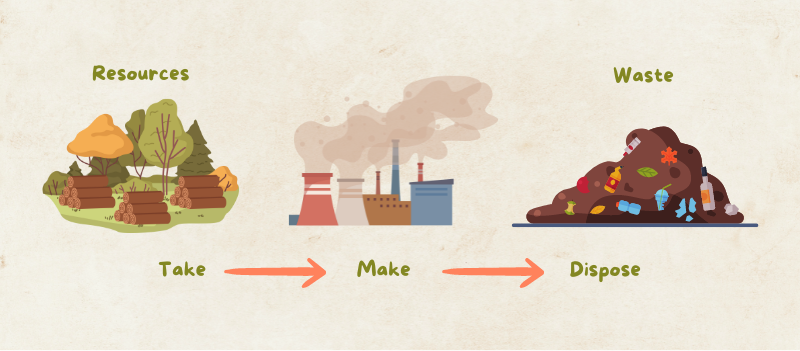
Many consumers are accustomed to a linear "take, make, dispose" model and may continue old buying habits out of convenience. Price often still overrides environmental factors in purchasing decisions too. While some eco-conscious products exist, most goods remain designed for short lifespans before disposal.
The linear "take, make, waste" economy has reached its limits. But to enable this circular transition, brands need to lead the way in rethinking product design and business models by offering durable, reusable, repairable and recyclable goods. At the same time, individuals have an important role to play through their purchasing choices, maintenance and recycling habits, and support of circular innovations.
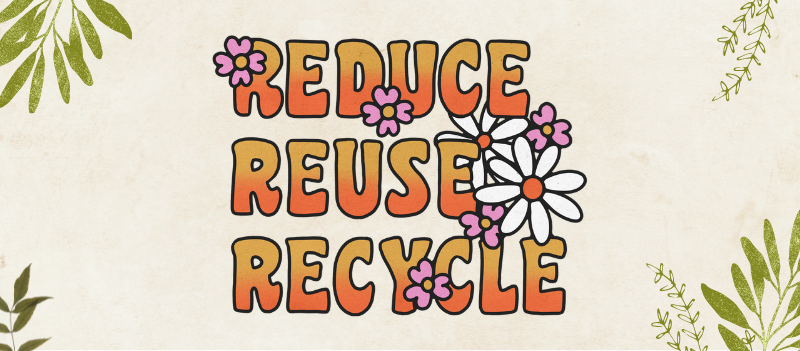
Creating a world where waste is designed out of the system will require participation at all levels. But embracing circularity presents an exciting opportunity to build a cleaner, greener and more prosperous economy. The solutions lie before us – now, it’s up to businesses, governments and individual citizens to work collectively to close the loop.
Author : Annie Button
Twitter: @anniebutton1994

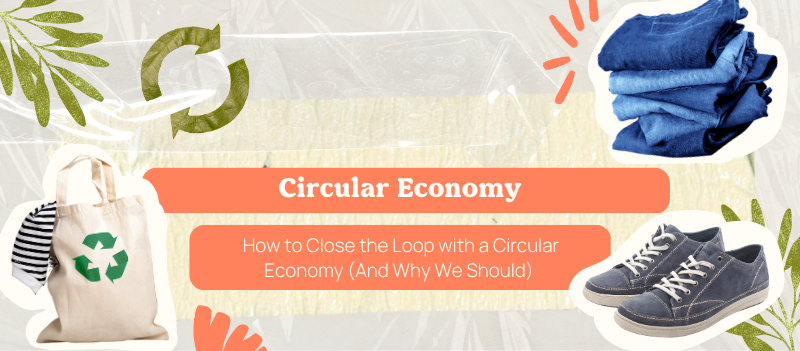


Leave a comment
All comments are moderated before being published.
This site is protected by hCaptcha and the hCaptcha Privacy Policy and Terms of Service apply.